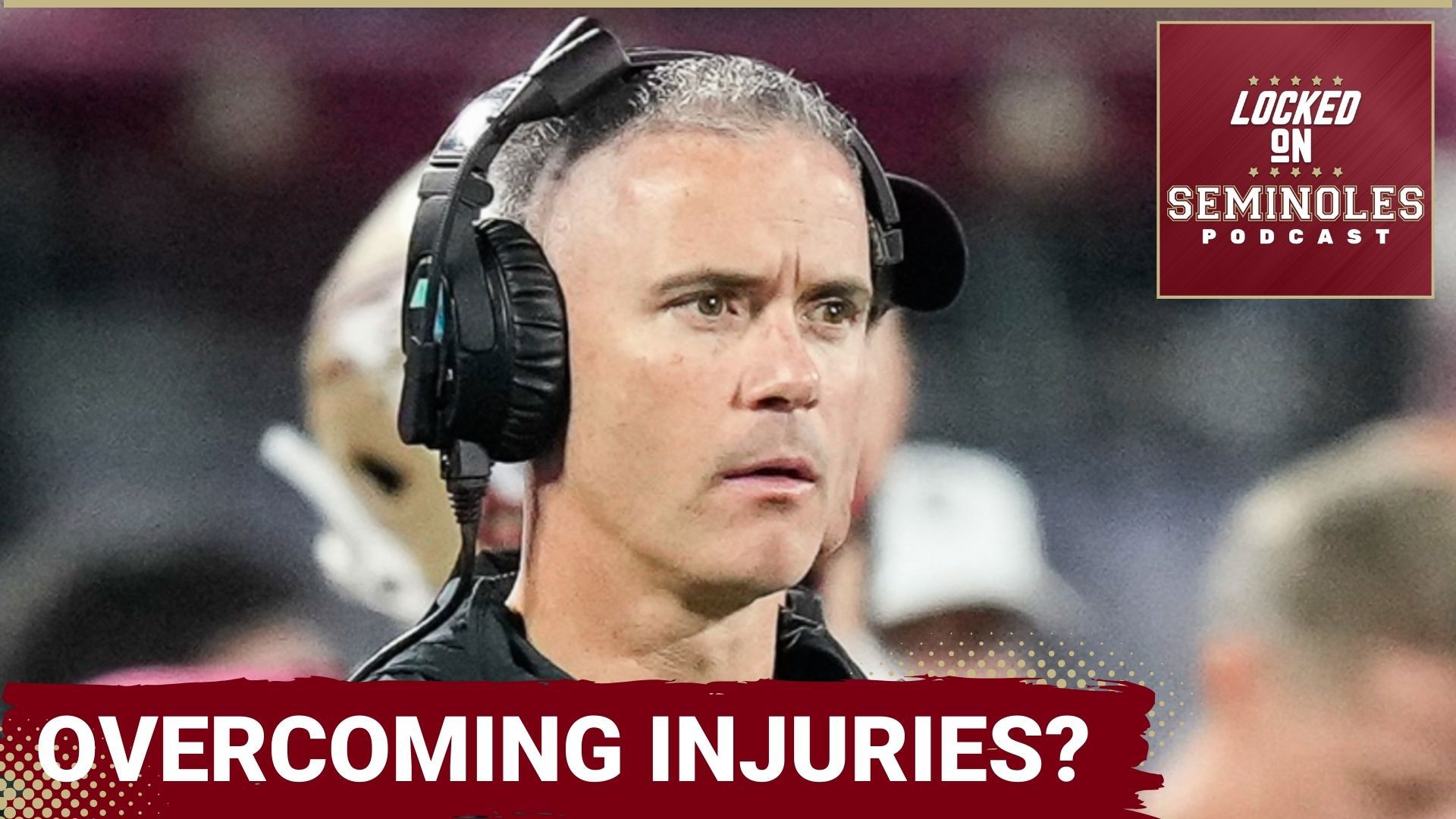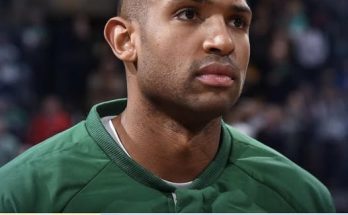As every college football season progresses, one thing becomes abundantly clear: injuries are an inevitable part of the game. Every team deals with them, but some programs are hit harder than others. For the Florida State University football team, the 2025 season has been a mixture of progress and setbacks, with the Seminoles facing a significant challenge as injuries pile up, particularly on the offensive line.
Injuries are part of the game, but their impact can reverberate throughout an entire season. For Florida State, the loss of key players, especially two critical linemen, has been a blow to both the offense and defense. With the hopes of competing at the highest level and securing a potential national championship, these injuries could be a pivotal point in the Seminoles’ quest for success. The road to recovery, both physically and mentally, will determine whether FSU can overcome these challenges and continue to build momentum toward its ultimate goal.
The Impact of Injuries on College Football
Injuries in college football are often seen as a part of the game, but their impact cannot be underestimated. When a player goes down, it’s not just about the physical loss of that individual; it’s about the ripple effect that stretches across the entire roster. A starting lineman, for instance, is not just a player — they’re the cornerstone of the offense, often affecting the quarterback, running backs, and receivers. A major injury can alter the entire flow of an offense and force coaches to adjust their game plans on the fly.
For a program like Florida State, which has championship aspirations, the loss of key players can derail an otherwise promising season. It forces coaches to make adjustments, reshuffle personnel, and rework their strategies, all while trying to keep morale high and ensure the team stays focused on the bigger picture. The mental and emotional toll on the players and staff can be significant, but it also serves as an opportunity for resilience — and perhaps even hidden potential — to emerge from unexpected sources.
The Loss of Two Key Offensive Linemen
One of the most significant blows to Florida State’s 2025 season has been the injury to two of its starting offensive linemen. The offensive line is the backbone of any football team. Without a strong, consistent line, even the most talented quarterbacks and running backs can struggle to produce. The offensive line creates the space needed for the running game to operate and protects the quarterback long enough to allow deep passes to develop. When the offensive line is weakened by injury, everything else on offense is affected.
In Florida State’s case, the injuries to these two linemen couldn’t have come at a more critical time. As the Seminoles were poised to make a deep run in the Atlantic Coast Conference (ACC) and national rankings, the health of their front line was integral to their success. When news broke that these linemen would miss multiple games due to injuries, the Seminoles were forced into damage control mode, trying to figure out how to move forward without their key players.
The First Injury: A Shattering Blow to the Offensive Line
The first injury occurred early in the season, when Marcus White, a senior offensive tackle and one of the team’s most experienced players, went down with a knee injury during a non-conference game. White had been a cornerstone for FSU’s offensive line for multiple seasons, known for his ability to protect the quarterback and open up running lanes for Trey Benson and other running backs. His leadership on the line was invaluable, not just for his own performance but in his ability to organize and motivate his teammates.
The loss of White was not just a blow in terms of his on-field play, but also his leadership. His presence on the field provided stability to an offense that depended on him for both his athleticism and his football IQ. When he went down, it created an immediate vacuum that needed to be filled. The coaching staff scrambled to adjust, moving players around in an attempt to patch the hole that White had left. Florida State’s offensive line depth was tested immediately, and while the replacements showed promise, they lacked White’s experience and savvy.
White’s injury was especially concerning because of how crucial the tackle position is in modern football. Protecting the quarterback’s blindside and giving them time to make plays is imperative, and Florida State would now have to find a way to do so without one of their best. But football is a game of next-man-up, and the Seminoles would need to rally.
The Second Injury: An Even Greater Setback
Just when it seemed that Florida State was starting to stabilize following White’s injury, another devastating blow struck the offensive line. Jared Williams, a sophomore guard who had emerged as one of the top young players on the line, was sidelined with a shoulder injury. While not as seasoned as White, Williams had quickly become a key component of the Seminoles’ offensive success. His ability to both block for the run game and provide solid protection for the quarterback was critical to the team’s offensive strategy.
The loss of Williams was another blow that further depleted Florida State’s offensive line depth. The Seminoles were now down two key contributors — one a veteran with experience and the other a rising star with potential. The offensive line, once thought to be a position of strength, had suddenly become an area of concern. As the injuries piled up, Florida State’s coaches were forced to scramble for solutions. Would they move their remaining healthy linemen into unfamiliar positions? Would they bring in younger players with less experience?
The answer was a combination of both.
Adapting to the Losses: The Next-Man-Up Mentality
In the face of adversity, Florida State’s coaching staff and players were forced to adapt. The offensive line was shuffled, and younger players were given the opportunity to step up. While the losses of White and Williams were undeniably significant, they also presented a chance for others to prove themselves. Players who may have previously been relegated to backup roles were now thrust into the starting lineup, and the Seminoles had to rely on their depth and preparation.
One of the silver linings of this situation was that Florida State had made an effort to recruit a deep offensive line, with several highly-touted freshmen and sophomores waiting for their chance to shine. Though these players were less experienced, they were well-coached and had the physical tools to succeed. Over the course of the season, some of these younger players began to find their footing, gaining invaluable experience that would serve them well in the future.
Despite the shuffling of the line, Florida State’s offensive philosophy remained focused on balance — they would continue to run the ball effectively and protect the quarterback as much as possible. However, there was no denying that the lack of continuity on the offensive line had affected the flow of the offense. Quarterbacks faced more pressure in the pocket, and running backs had fewer holes to work with.
The Mental Toll: Resilience in the Face of Adversity
While the physical toll of these injuries was immediate and clear, the mental and emotional toll was just as significant. For the players who had to step into starting roles, there was pressure to perform at a high level. For the coaches, it meant reworking the playbook and altering game plans on the fly. And for the fanbase, it was a sobering reminder that injuries can change the trajectory of a season in an instant.
Yet, amid these setbacks, there was also a sense of resilience. Florida State is known for its “Next Man Up” mentality, a belief that no player is irreplaceable and that the team’s success is a collective effort. Even with key injuries, the Seminoles remained focused on the goal — winning football games. Their mental toughness allowed them to push forward, adjusting their expectations and continuing to compete at a high level.
The Seminoles’ ability to stay focused in the face of adversity was highlighted during some of their toughest games. Players who had never expected to be in the spotlight stepped up in big moments, showing the grit and determination that FSU is known for. They didn’t let the injuries define their season. Instead, they used them as motivation to prove that no matter what, they could still be competitive.
Overcoming the Injuries and Finding Strength
As the 2025 season moves forward, Florida State will continue to navigate the challenges posed by these injuries. The coaching staff will keep adjusting, finding ways to make the most of the talent they have, while the players will continue to fight for every yard, every touchdown, and every victory. The team will undoubtedly continue to face obstacles — injuries are a part of the game — but they have proven time and again that they have the resilience and determination to overcome them.
While the loss of two key linemen has been a setback, it has also served as a reminder of Florida State’s strength, not just in terms of talent, but in terms of character. As the team rallies around its injured players and continues to adapt, Florida State football is showing that it will not be defined by its injuries. Instead, it will be defined by how it responds to them — and how, in the face of adversity, the Seminoles find ways to inch closer to greatness.



